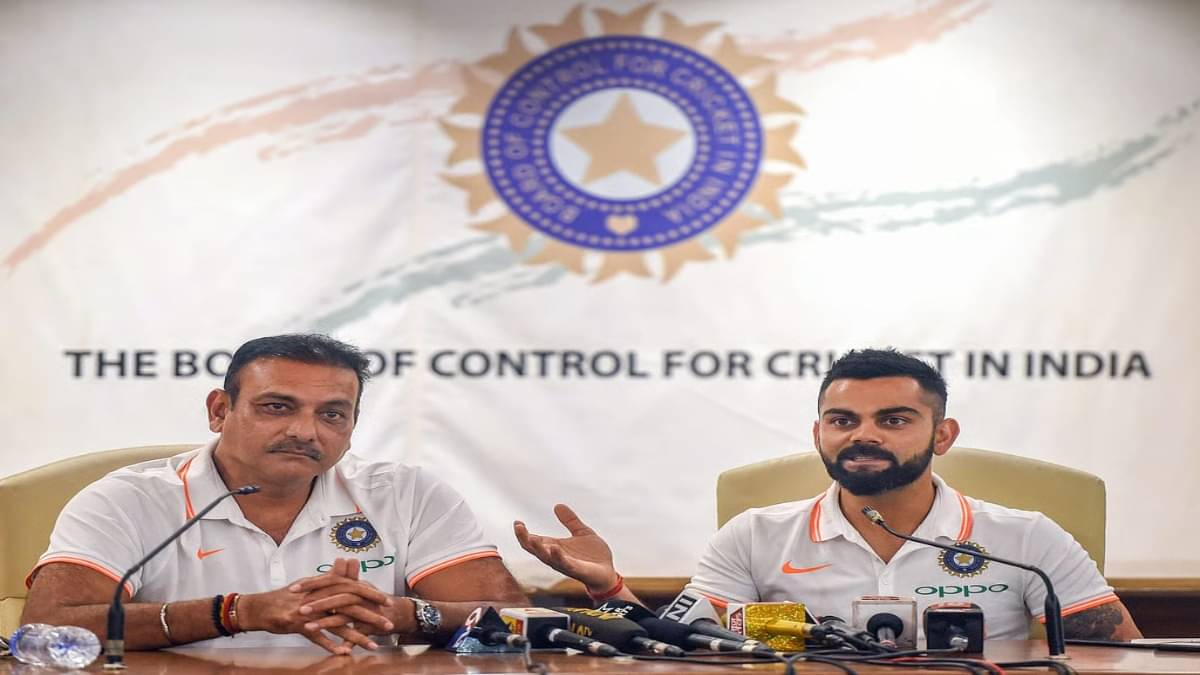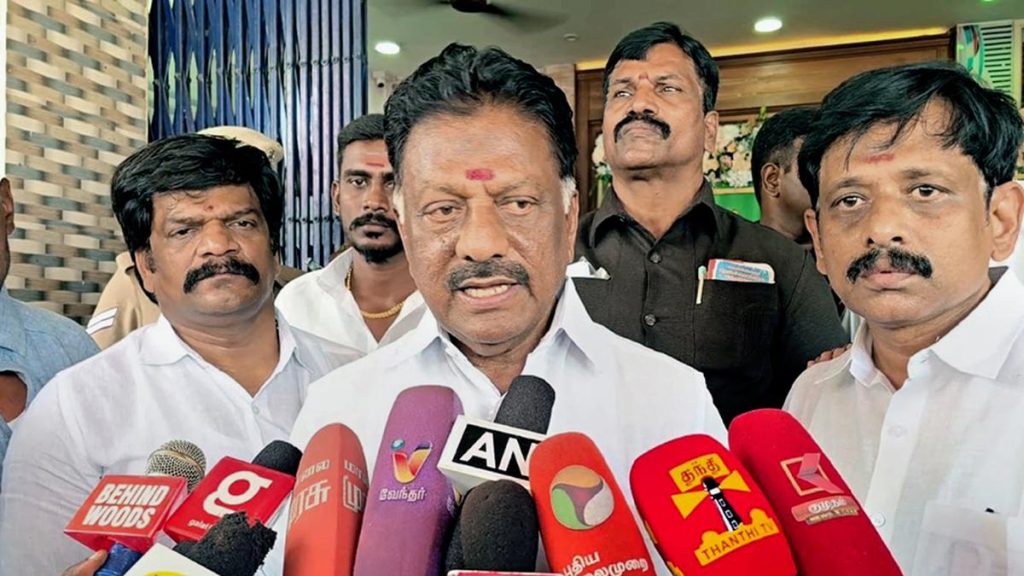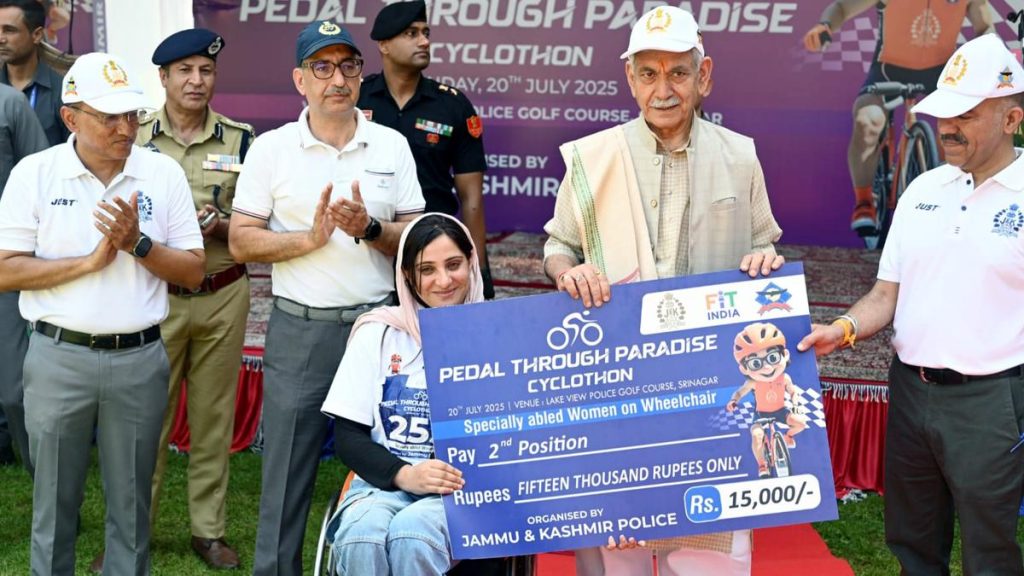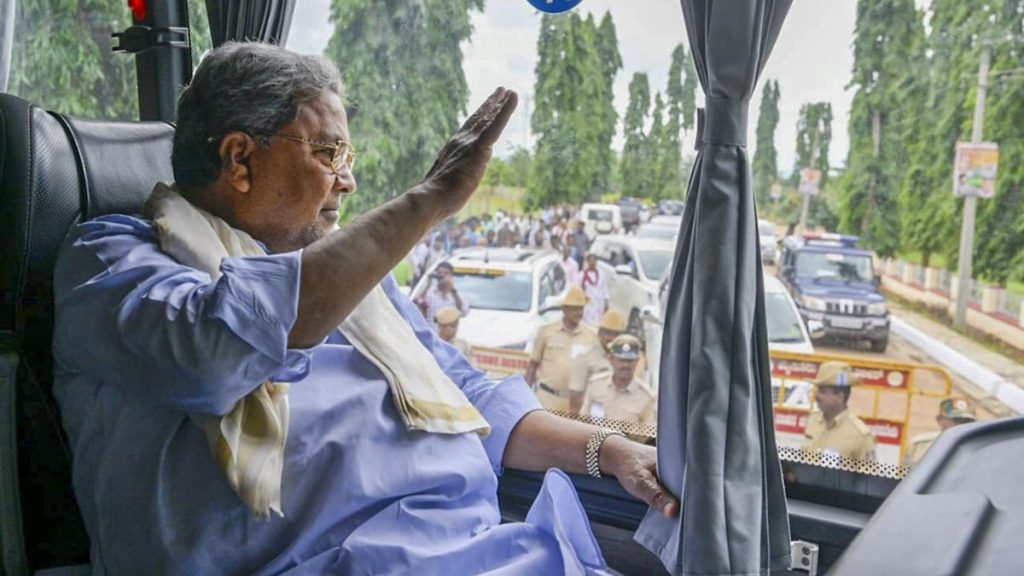Now Reading: Ravi Shastri Backs Retired Virat Kohli Amid Test Captaincy Debate
-
01
Ravi Shastri Backs Retired Virat Kohli Amid Test Captaincy Debate
Ravi Shastri Backs Retired Virat Kohli Amid Test Captaincy Debate

Swift Summary:
- Virat Kohli Retirement: Virat Kohli has retired from test cricket, marking teh end of a remarkable career. He was India’s most prosperous test captain with 40 wins in 68 matches and led India to the first World Test Championship final.
- Test Career Statistics: Kohli played 123 Tests, amassing 9230 runs at an average of 46.85. Though his form declined in recent years, he remained a vital contributor.
- Ravi Shastri’s Remarks: Former coach Ravi Shastri commented that Kohli had “two years left” in him and expressed that Kohli could have continued as captain during the upcoming England tour but acknowledged possible mental fatigue as a factor behind his decision.
- Leadership Successor Discussions: With Rohit Sharma nearing retirement, players like Shubman Gill and Jasprit Bumrah are being considered for future captaincy roles. Gill’s strong performances in IPL have strengthened his candidature.
Indian Opinion Analysis:
Virat Kohli’s departure from Test cricket marks an vital transition for Indian cricket both in leadership and performance strategy. His aggressive captaincy style focused on fitness, resilience, and pace-driven attack has considerably shaped India’s approach to red-ball cricket over the past decade. While Ravi Shastri’s remarks highlight missed opportunities on further utilizing Kohl’s skills as a leader during critical tours like England this summer, it also illustrates the personal challenges modern cricketers face balancing physical ability with mental well-being.
The emergence of contenders like Shubman Gill showcases how India continues investing deeply into young talent with leadership potential amid IPL dominance. However, transitioning away from stalwarts like Rohit Sharma or formerly Virat sees inevitable gaps intertwined period-adjustment phases young crop needs finely steer balanced progression clamp-trialing rivalries globally-focused stages retain India’s assertive competitive Regional-depth frontiers marquee-tests shaping international legacy enduring aspirational goals ahead evolution
























